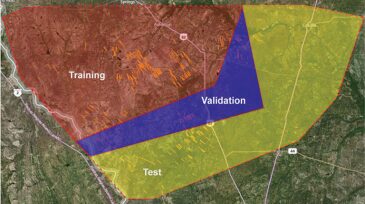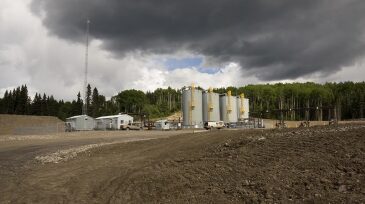Petroleum reserves
ExxonMobil joins BP, Chevron, and TotalEnergies in greenlighting new investment projects in Iraq in 2025 as the government targets oil production of 6 million B/D by 2029.
The number of high-impact wells drilled across the globe this year are expected to be on trend with the most recent 5-year average.
The operator’s deepwater discovery in the Gulf of Mexico is potentially commercial, and government analysis indicates the gulf holds 1.3 billion BOE more reserves than estimated.
-
In this work, the authors perform automatic decline analysis on Marcellus Shale gas wells and predict ultimate recovery for each well.
-
The authors present a geology-driven deep-learning estimated-ultimate-recovery (EUR)-prediction model for multistage hydraulically fractured horizontal wells in tight gas and oil reservoirs.
-
In drawdown management, operators can exert control over the downhole flow pressure, reservoir pressure, and choke size to avoid estimated ultimate recovery (EUR) losses.
-
The need for cost and capital efficiency calls for careful integration of technical and commercial elements.
-
This paper will examine ways in which Chance of Development (CoD) can be defined better, methods for its estimation, and its appropriate application along with common misuses.
-
Members of SPE continue to share valuable and useful information through the more than 90 papers on reserves and asset management presented at various meetings, symposiums, and workshops this past year.
-
The Guidelines for Application of the Petroleum Resources Management System (AG) document was issued in November 2011.
-
Reserves- and resources-evaluation methods in unconventional reservoirs are different from those for conventional reservoirs.











